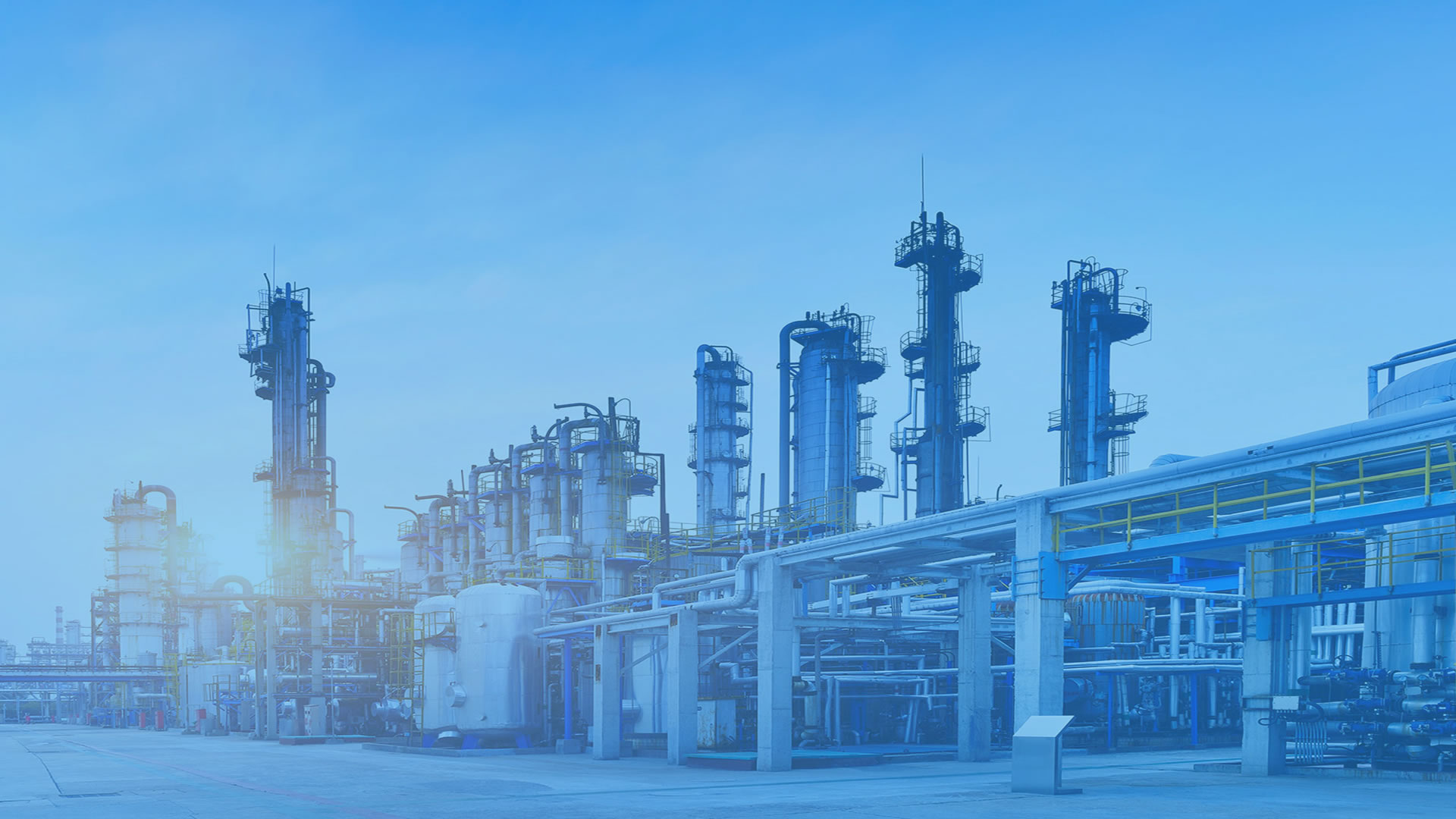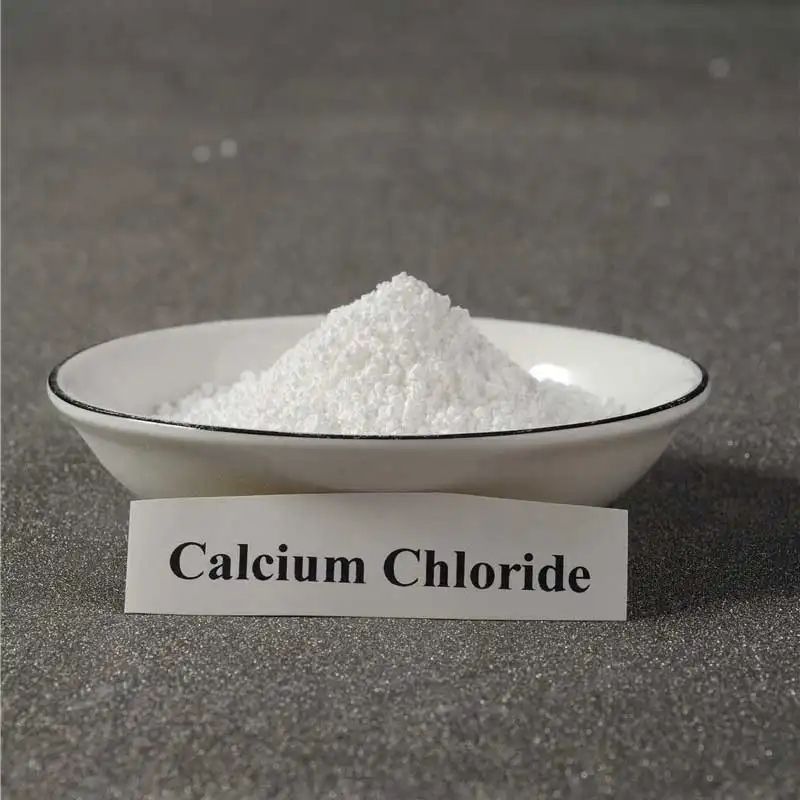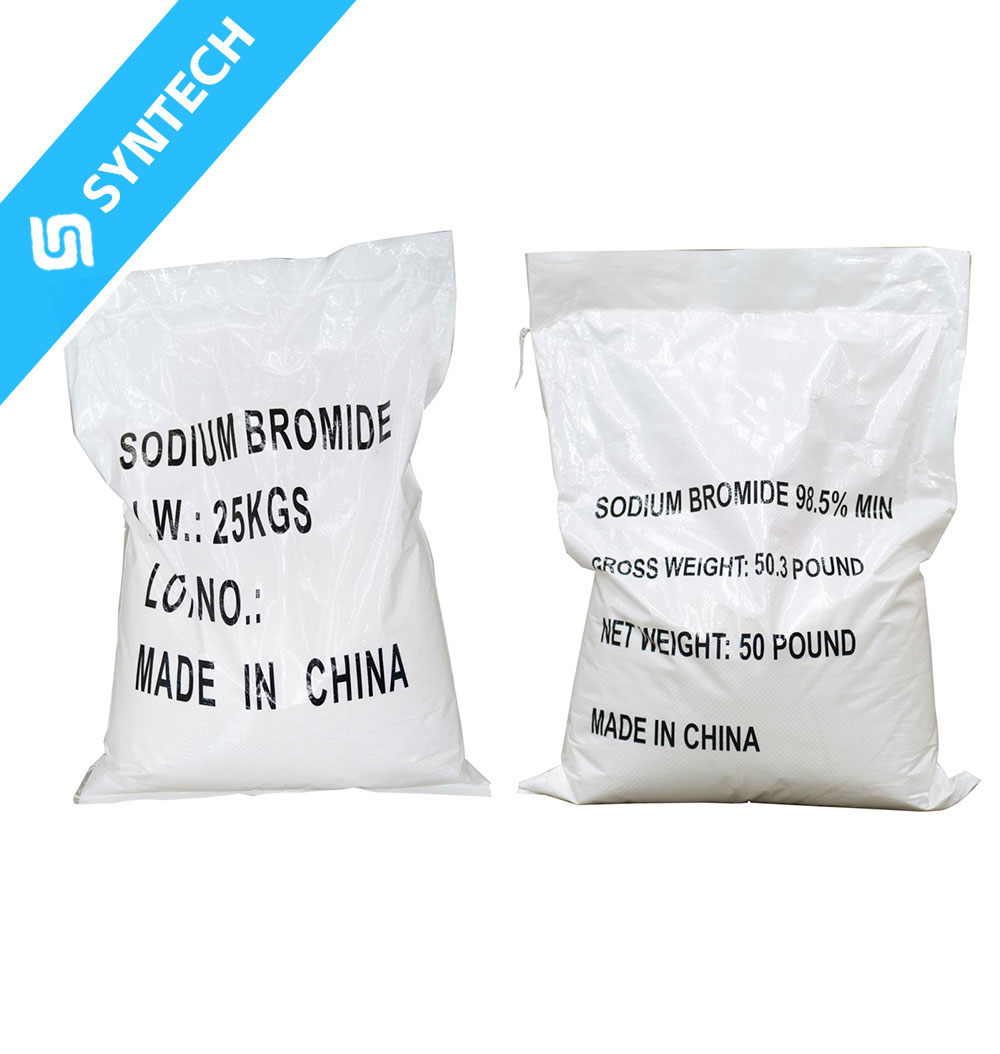The Sodium Methallyl Sulfonate (SMAS) market is poised for steady global growth through 2025 and beyond, driven by its role as a critical functional monomer in various industries. This report provides a comprehensive outlook on the market’s projected scale, key growth trends, competitive landscape, and the major players shaping its future.
1. Market Size and Growth Trends
The global SMAS market is in a phase of stable expansion. According to research, the global market size was approximately billions of RMB in 2024 and is projected to grow at a compound annual growth rate (CAGR) of several percent, reaching close to billions of RMB by 2031. The outlook for 2025 is embedded within this positive long-term trajectory, supported by several key trends:
- Sustained Demand from Key End-Use Industries: SMAS is a vital co-monomer in the production of synthetic fibers, such as acrylic and modacrylic fibers, where it provides dyeing sites for cationic dyes. The steady demand from the textile industry remains a fundamental growth driver. Furthermore, its application in water treatment chemicals as a scale inhibitor and dispersant is gaining prominence due to increasing environmental regulations and the need for efficient water management in industrial processes.
- Geographic Market Dynamics: The Asia-Pacific region, and particularly China, is a significant force in the SMAS market, both in terms of production and consumption. China’s market is expected to maintain a substantial share of the global market, with domestic production capabilities continuously evolving. Key production regions within China are spread across North America, Europe, and Asia, with each region contributing to the global supply chain.
- Product Segmentation and Purity Preferences: The market is segmented by product purity, primarily into ≥99% and ≥98% grades. There is a consistent demand for high-purity SMAS (≥99%) for specialized applications, particularly in the pharmaceutical industry and high-performance synthetic fibers, where stringent quality standards are required. The ≥98% grade finds widespread use in general industrial applications like dyes and construction chemicals.
2. Analysis of the Competitive Landscape and Key Manufacturers
The global SMAS market features a mix of international chemical giants and specialized regional manufacturers. The competition is characterized by technological expertise, production capacity, and global distribution networks.
Global and Chinese Key Players:
The competitive landscape includes several established companies, with the top three players holding a notable share of the market. Key manufacturers include:
Note: This list is compiled from industry reports and is not exhaustive.
Competitive Strategies: To strengthen their market position, key players are focusing on:
- Capacity Expansion: Leading companies are continuously assessing and planning their production capacities to meet future demand.
- Geographic Expansion: International players are seeking to enhance their presence in high-growth regions, particularly in Asia.
- Product Differentiation: Emphasis is placed on producing high-purity grades and providing technical support for specific application areas, such as high-performance water reducers and specialty synthetic fibers.
3. Industry Challenges and Opportunity Analysis
While the outlook is positive, the SMAS industry must navigate several challenges and opportunities in 2025.
- Challenges:
- Raw Material Price Volatility: Fluctuations in the prices of key upstream raw materials (e.g., methallyl alcohol or chloride) can impact production costs and profit margins.
- Intense Competition: The presence of several established players leads to price competition, pressuring manufacturers to optimize operations and reduce costs.
- Environmental and Regulatory Compliance: Adherence to evolving environmental, health, and safety regulations across different regions requires continuous investment and operational adjustments.
- Opportunities:
- Growth in Construction and Water Treatment: The increasing global investment in infrastructure, particularly in emerging economies, is driving the demand for high-performance concrete admixtures (e.g., polycarboxylate superplasticizers) and water treatment chemicals, creating significant opportunities for SMAS.
- Technological Innovation: Research into new copolymer formulations and applications, such as in enhanced oil recovery or as dispersants in new materials, presents avenues for market expansion.
- Market Penetration in Developing Regions: Untapped potential in regions like Southeast Asia and India offers growth prospects for SMAS manufacturers as industrialization and environmental standards advance.
In conclusion, the Sodium Methallyl Sulfonate market in 2025 is expected to be characterized by steady, global growth underpinned by demand from its traditional and industrial applications. The competitive landscape will remain dynamic, with key global and Chinese players vying for market share through capacity and geographic strategies. Success in this market will hinge on the ability to navigate raw material costs, comply with regulations, and capitalize on the significant opportunities in the construction and water treatment sectors.






